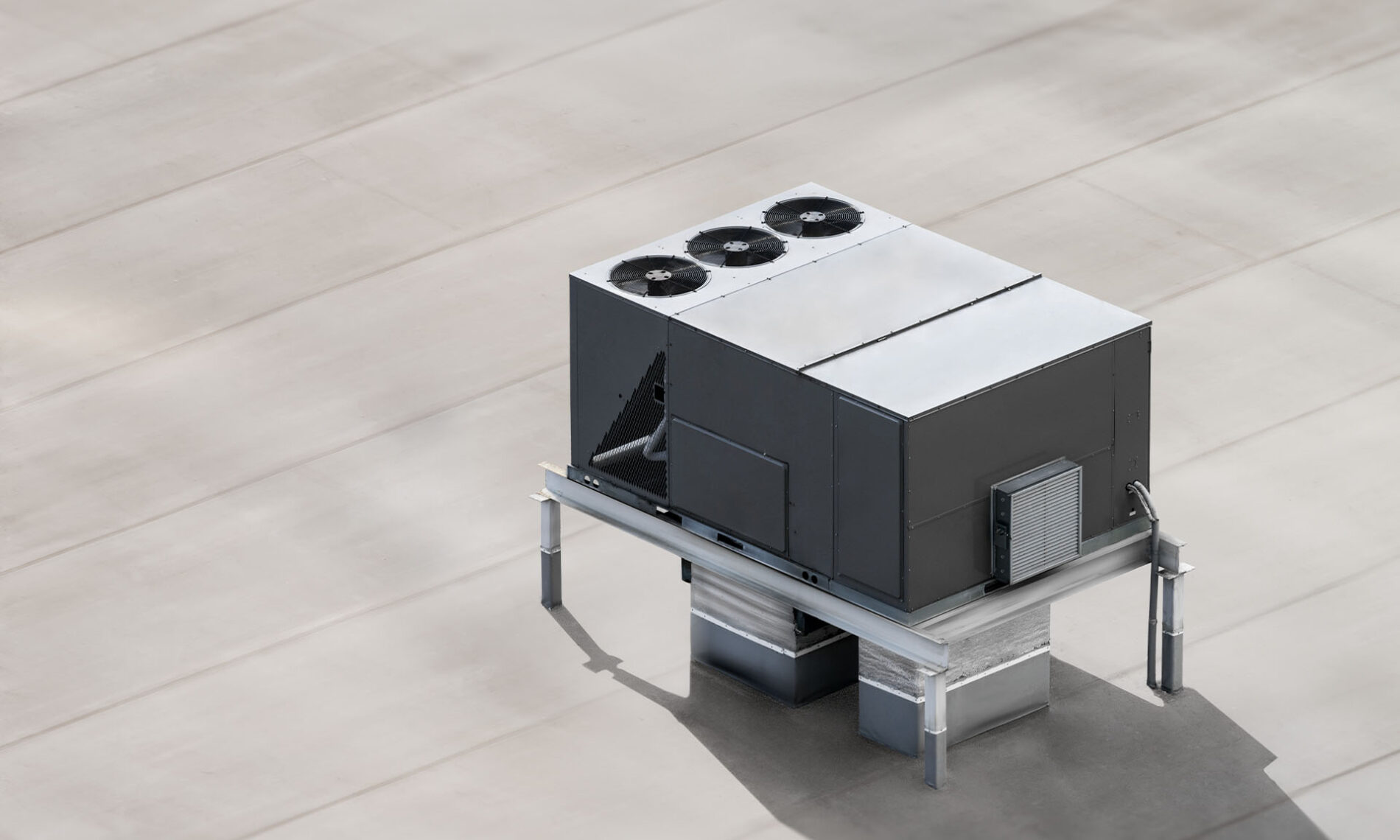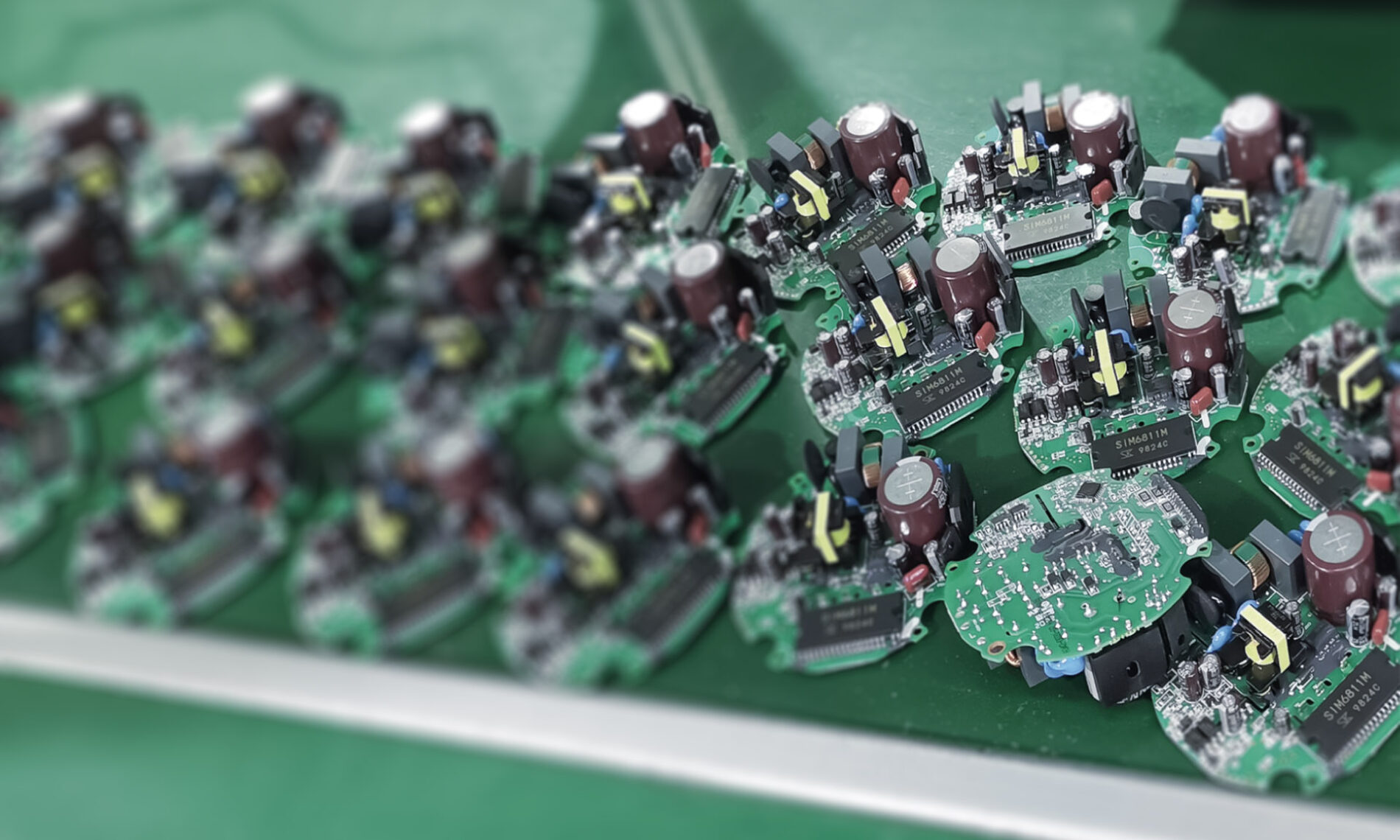Rooftop devices are compact air conditioning and ventilation units installed on buildings’ roofs. They combine the functions of ventilation, heating, cooling, and heat recovery. Due to their modular design, these units are commonly used in commercial and industrial facilities, including warehouses, office buildings, and shopping malls. Their effectiveness and reliability largely depend on the quality of their internal components, with industrial fans being one of the key elements.
The role of industrial fans in rooftop units
Industrial fans are essential components of every rooftop unit. Their primary function is to supply fresh air to the building, facilitate its flow through system components such as heat exchangers and filters, and remove exhaust air. This process ensures proper air exchange within the rooms.
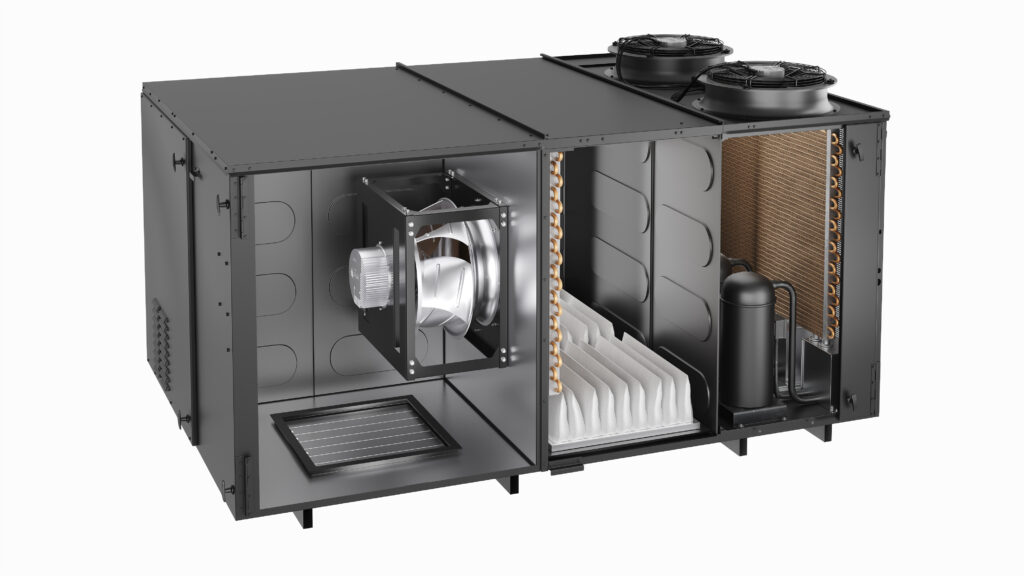
Well-designed fans support heat exchange processes, both in heating and cooling modes. At the same time, they must operate in demanding conditions: variable ambient temperatures or high humidity. That is why their key parameters and proper selection are so important. Particular attention should be paid to efficiency, available static pressure, and energy efficiency.
Types of fans used on rooftops
Rooftop devices primarily utilise radial fans, particularly backward curved fans, which have blades bent backward. Their compact design enhances efficiency in conditions of higher flow resistance, making them essential for rooftop units. These fans typically use EC (electronically commutated) motors, allowing for smooth rotational speed regulation. This technology significantly reduces energy consumption and enables precise adjustments of fan operation to meet the system’s current needs.
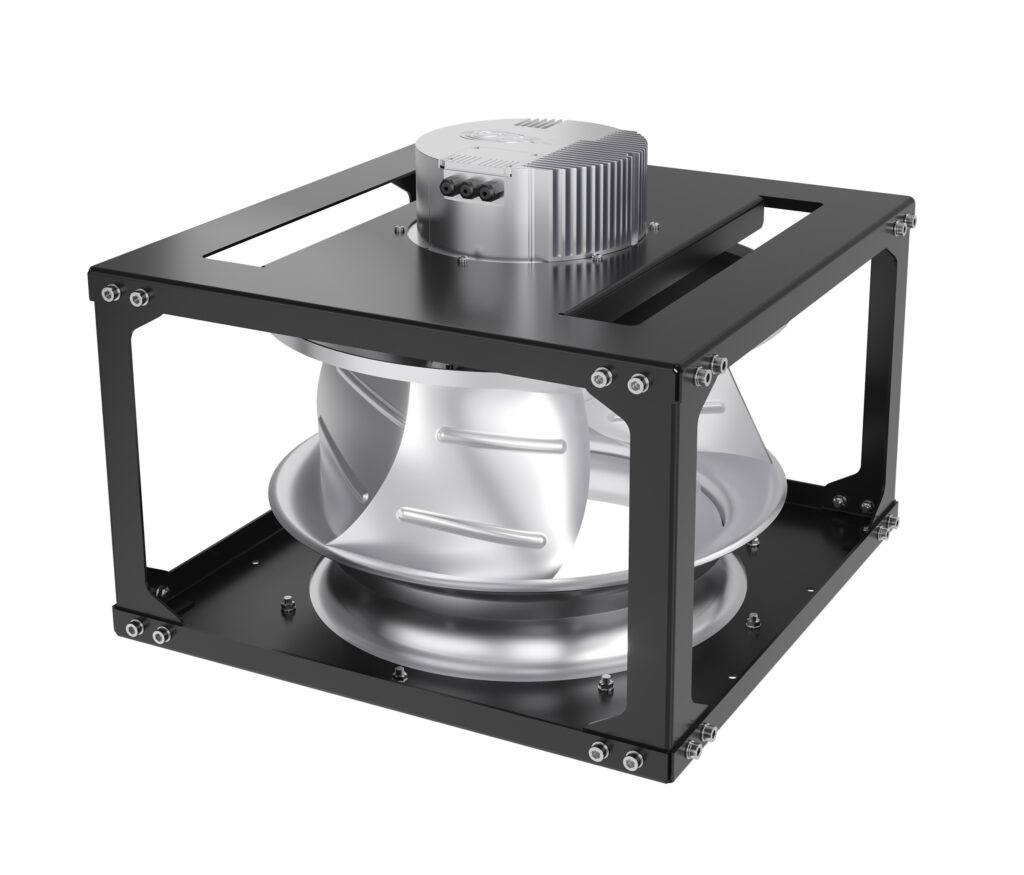
In this context, it’s important to consider the range of industrial fans offered by AFL MOTORS EUROPE, which provides solutions specifically designed for such applications. These include:
- Backward curved fans with EC137 motors – available in versions powered by 230V and 3x400V,
- Fans with EC188 motors – designed for 3x400V power supply,
- Impeller diameters from 280 to 640 mm,
- Power ranges from 700 W to 6,5 kW.
The diverse range of available models enables precise fan matching to the rooftop unit’s specific parameters, including air flow and design requirements. Typical rooftop units support air flows ranging from 2 000 to 9 000 m³/h, but models are available with much higher capacities, reaching up to 40 000 m³/h. The radial fans provided by AFL are designed to meet these requirements perfectly.
Advantages of using high-quality industrial fans
Fans are one of the key components of rooftop devices, as their proper selection directly affects the efficiency, durability, and cost-effective operation of the entire system. The fans provided by AFL MOTORS utilise modern technologies, including EC motors, which significantly enhance energy efficiency. These fans allow for precise operation regulation, enabling adjustments to meet the current demands of the HVAC system while minimising energy consumption.

Furthermore, fans equipped with EC motors can be integrated with intelligent building management systems (BMS). Using Modbus RTU communication, these fans can be easily connected to a central control system, providing complete oversight of their operation. Users can adjust essential parameters such as rotational speed and monitor various metrics, including electrical power consumption, operating time, motor temperature, and alarm status. This functionality enables optimised operation of the HVAC system, allows for quick responses to any irregularities, and facilitates effective management of energy consumption within the building.
Challenges and aspects of selecting fans for rooftops
Selecting the right fan for a rooftop device requires considering many factors. First, it is important to analyse the required flow and pressure parameters and select the appropriate motor power. Calculation tools, online calculators, and technical support offered by the AFL MOTORS technical department are helpful.
Another important aspect is the design limitations – rooftops are characterised by a compact design, so fans must be efficient and properly matched in terms of dimensions.
Additionally, manufacturers must comply with relevant energy efficiency standards, including European directives like the Energy-related Products (ErP) requirements. AFL MOTORS fans meet these standards, making them suitable for modern, energy-efficient installations.
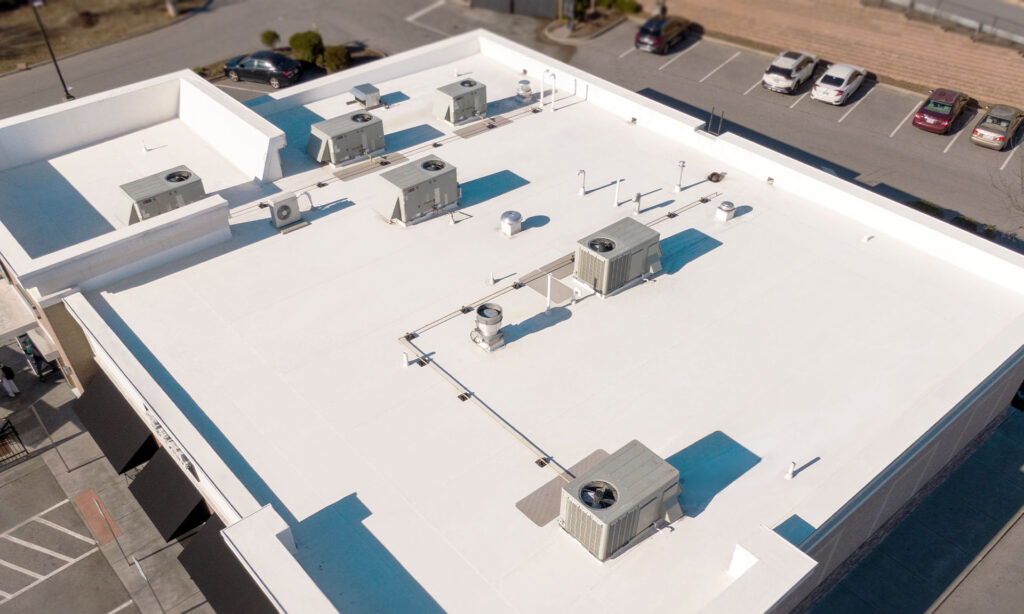
Summary
Industrial fans are essential for the effective operation of rooftop equipment. Their quality, efficiency, and compatibility with the overall HVAC system significantly impact the system’s performance. Current industry trends highlight the increasing focus on energy savings, automation, and intelligent installation management. Therefore, it is advisable to choose reliable solutions, such as AFL MOTORS fans, which integrate modern technology with exceptional reliability.
Author: Marek Skarżyński, Technical Support Manager, AFL MOTORS
Suggested fan model
Based on the solutions discussed, we recommend this model B3P640-EC188-910
